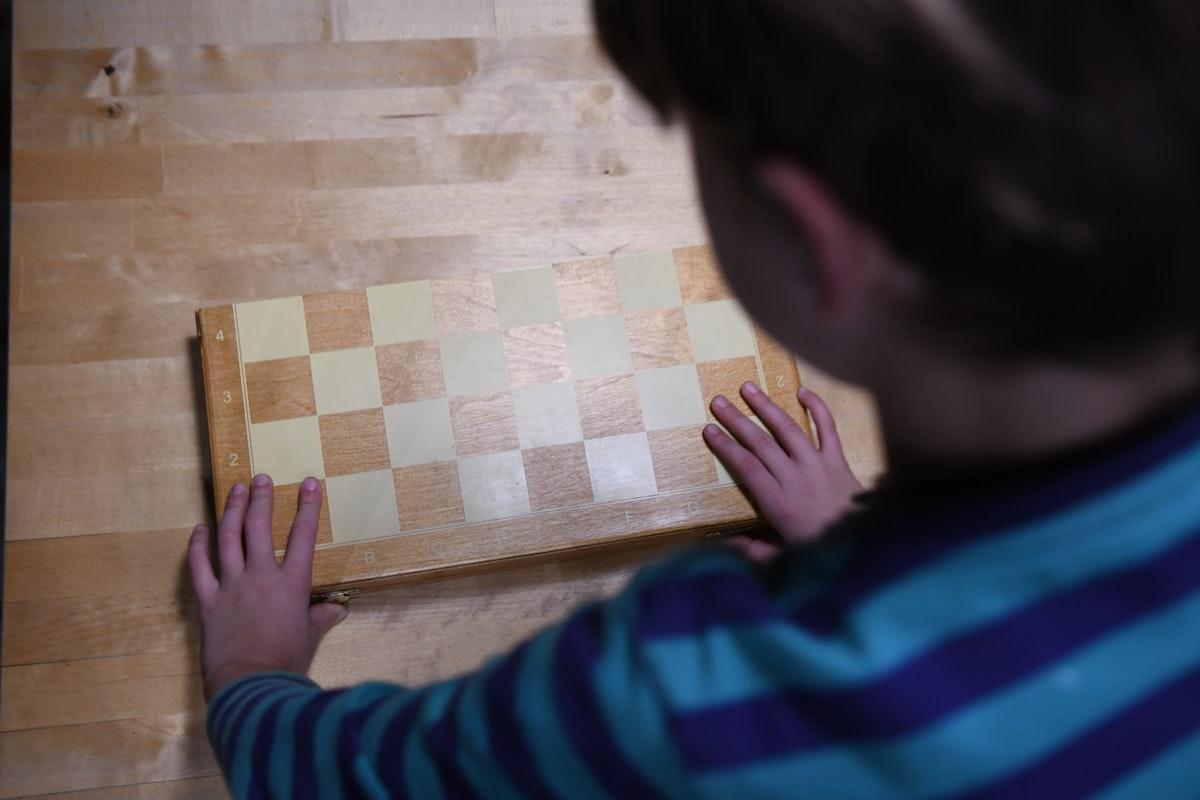Chess is a popular board game that has been enjoyed by millions of people for centuries. It is a game of strategy in which each player tries to checkmate their opponent’s king by controlling the board and putting the enemy’s pieces in a position where they cannot avoid capture. One of the most important aspects of chess strategy is understanding how individual pieces move. Each piece moves in a unique way, and mastering their movement is crucial for developing a winning game plan. In this article, we will focus on the rook, one of the most powerful pieces on the chessboard, and explore how it moves and can be used to control the board.
Mastering Rook Movement: Key to Winning Chess

In chess, pieces are moved on a board consisting of 64 squares. The chessboard is square in shape and is divided into two colors – black and white. The columns are referred to as files, while the rows are known as ranks. Each player starts with 16 pieces, including the rooks. Rook movement is unique as it can move horizontally and vertically across the board, but it cannot skip over other pieces. The rook is an important piece as it can control multiple squares at once, and it is one of the most powerful pieces in the game when used properly. In the next section, we will discuss how the rook moves on the chessboard.
Unique Ways Rook Moves in Chess

The rook is placed at the corner of the board at the start of the game. It moves horizontally or vertically to any unobstructed square on the board. This means that the rook can move along ranks or files, but it cannot move diagonally like the bishop. Rooks are powerful pieces in the endgame because they can move to control more squares and can execute a checkmate when working with other pieces. When moving, a player can move their rook any number of squares along a rank or file. It is important to note that the rook can only move to unobstructed squares, and it cannot jump over other pieces on the board. The ability to move multiple squares at once makes the rook a valuable piece in the game.
Rook Movement Strategies for Winning Chess
In addition to its basic movement, the rook can also be used in certain strategies to control key squares and pieces on the board. For example, in the endgame, rooks can be used to control files and penetrate the opponent’s position. When paired with a queen, the two pieces can create a powerful combination that can dominate the board. Additionally, rooks can work well with knights, which can jump over other pieces, to create tricky forks that trap the opponent’s pieces. It is also important to note that rooks can be used defensively to block enemy attacks and protect key pieces. By mastering these advanced strategies, players can become highly skilled at using the rook to their advantage and win games they might otherwise lose.
Common Mistakes with Rook Movement in Chess
Despite being a powerful piece, rooks are often the source of frustration for beginner chess players. A common mistake is moving the rook to an ineffective square, limiting their own options for future moves. Another mistake is neglecting to protect the rook, leaving them vulnerable to capture. Players may also block their own rook’s movement by placing other pieces in front of it, greatly limiting its potential. To avoid these common mistakes, players should take the time to carefully consider each move and anticipate the potential consequences. They should also be aware of the strengths and weaknesses of their own pieces, as well as their opponent’s, in order to create a winning plan. By avoiding simple mistakes and careful planning, players can use the rook to its full potential and set themselves up for a successful game.
Avoiding Common Rook Mistakes in Chess
In conclusion, mastering rook movement in chess is crucial for any player who wants to be successful. By understanding the basic movement of the rook and the various endgame strategies, players can use this powerful piece to control key squares and intimidate their opponents. However, players must also be aware of common mistakes and take care to avoid them in order to fully utilize the rook’s potential. Whether you’re a beginner or an experienced player, taking the time to study and practice rook movement will pay dividends in the long run. So, next time you play a game of chess, take some time to focus on the rook and see how you can use it to dominate the board.
Chess Rooks: Move, Strategies & Mistakes
What is a rook in chess?
A rook is one of the six different pieces used in chess. It is placed at the corner of the board at the start of the game and moves either horizontally or vertically along ranks or files.
What is the importance of the rook in chess?
The rook is one of the most powerful and valuable pieces on the board because of its ability to control multiple squares at once. It can be used offensively and defensively to control key squares and pieces on the board.
Can the rook move diagonally like the bishop in chess?
No, the rook cannot move diagonally like the bishop. It only moves horizontally or vertically along ranks or files.
What are some advanced strategies involving rook movement in chess?
Rooks can be used in combination with other pieces like the queen or knight in order to execute strategic moves and gain an advantage over the opponent. Additionally, the rook can be used defensively to protect key pieces and block enemy attacks.
What are some common mistakes that players make with rook movement in chess?
Some common mistakes include moving the rook to an ineffective square, neglecting to protect the rook, and blocking the rook’s movement by placing other pieces in front of it.
How can players avoid making common mistakes with rook movement in chess?
Players should take the time to carefully consider each move, anticipate the potential consequences, and be aware of the strengths and weaknesses of their own and their opponent’s pieces. Practicing good planning and avoiding hasty moves can also help to avoid common mistakes.